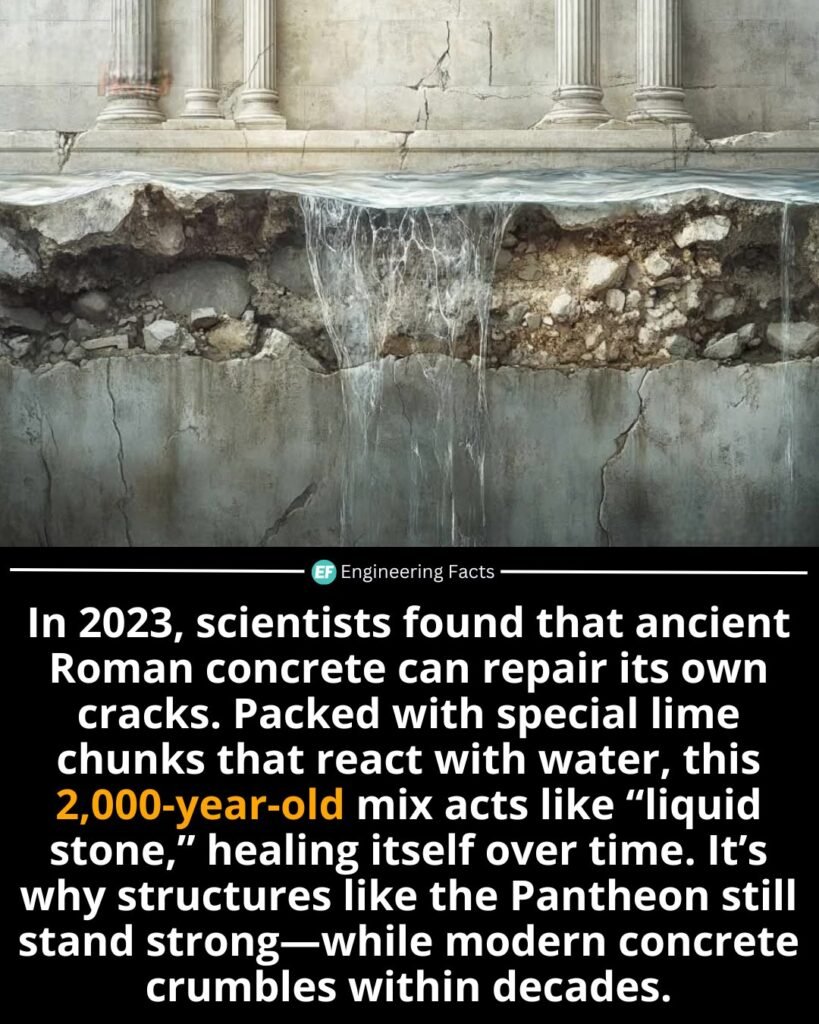[ad_1]
Ancient Roman engineers may have cracked the code to eternal durability—literally. A 2023 study revealed that Roman concrete, used in structures like the Pantheon and aqueducts, contains lime clasts that enable self-healing. When cracks form and water seeps in, these lime chunks react chemically to fill and seal the gaps, effectively regenerating the structure from within. This explains how Roman monuments have lasted thousands of years with minimal damage.
In contrast, modern concrete often begins deteriorating within a few decades due to water intrusion and corrosion. Scientists are now studying this ancient formula to re-engineer our building materials and infrastructure. Could the future of construction lie in the secrets of the past? The answer may be hiding in Rome’s timeless walls.
,RomanEngineering ,SelfHealingConcrete ,AncientInnovation
Stay Connected with NewsRT:
For the latest headlines and urgent updates, visit our Breaking News section. If you want to stay informed about global affairs, our World News page brings you top stories from around the world.
For entertainment lovers, check out our Entertainment category to catch up on celebrity news, movies, and trending shows. Sports fans can follow live scores and in-depth match reports in our dedicated Sports section.
Stay on top of your health with expert insights and wellness tips on our Health page. For the latest financial updates, market trends, and stock analyses, visit our Stock Market section.
Don’t forget to explore our homepage for more top stories, exclusive reports, and real-time news updates curated for you.
